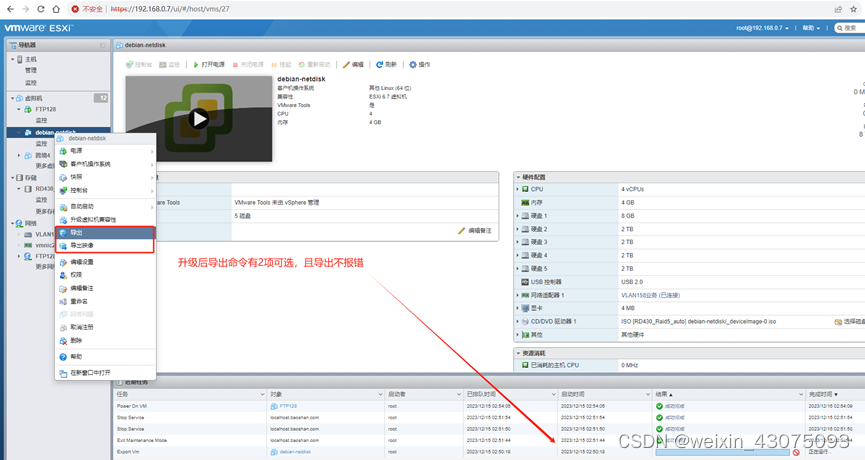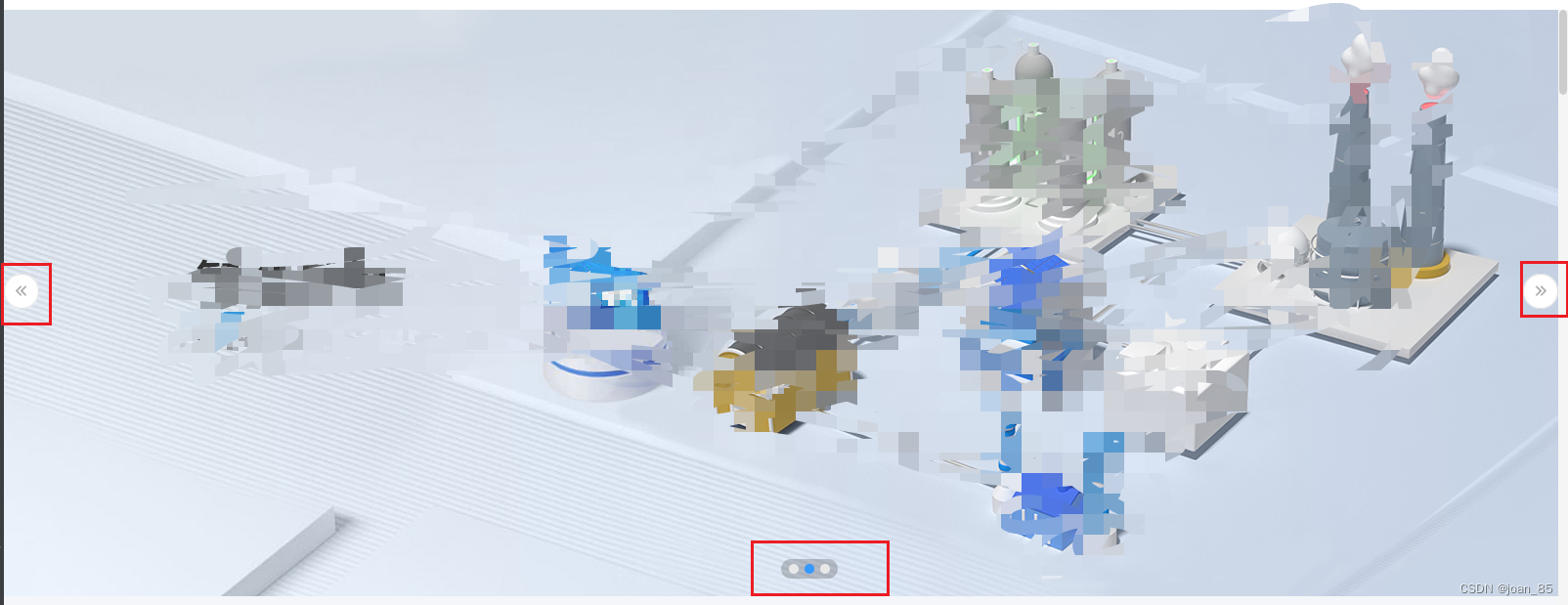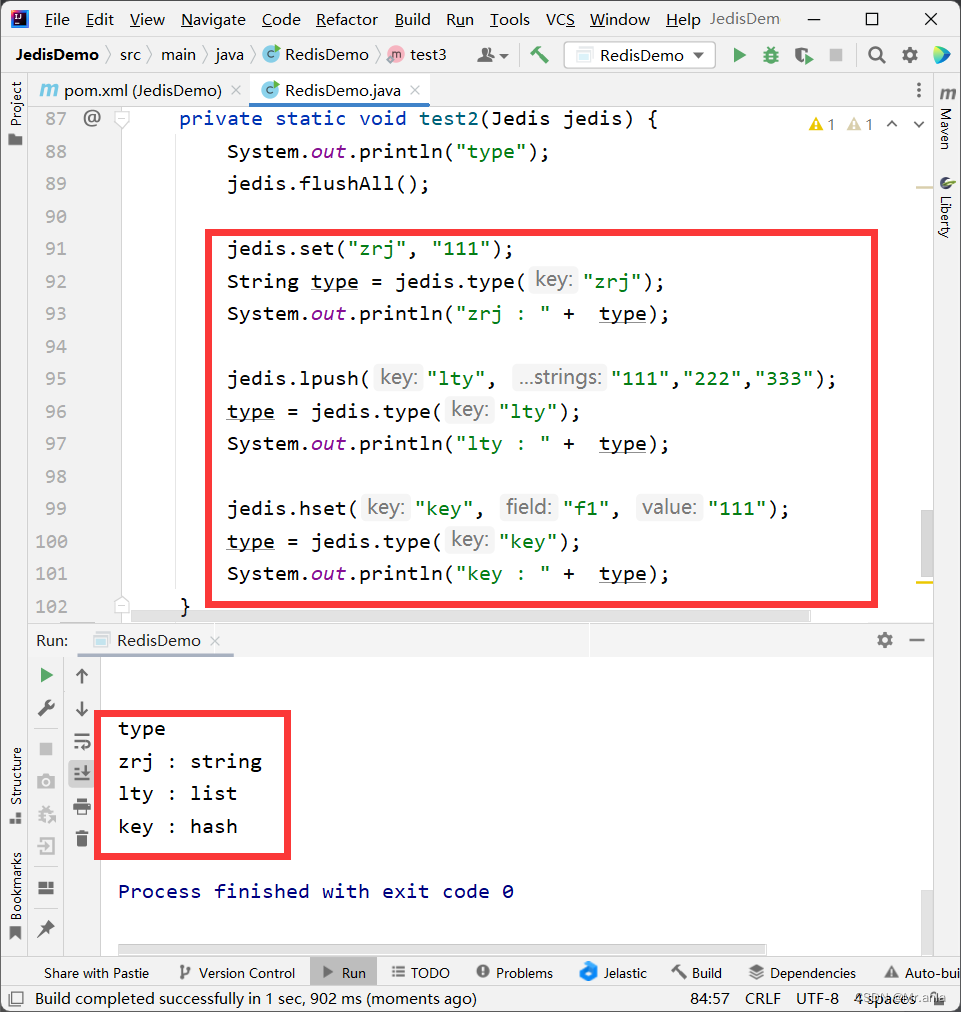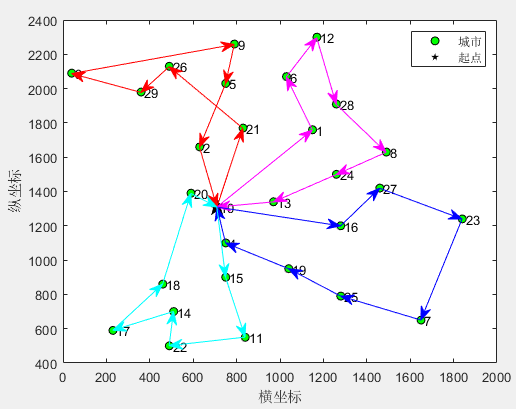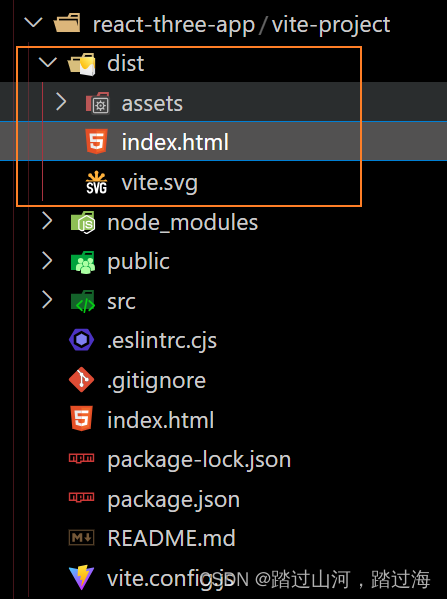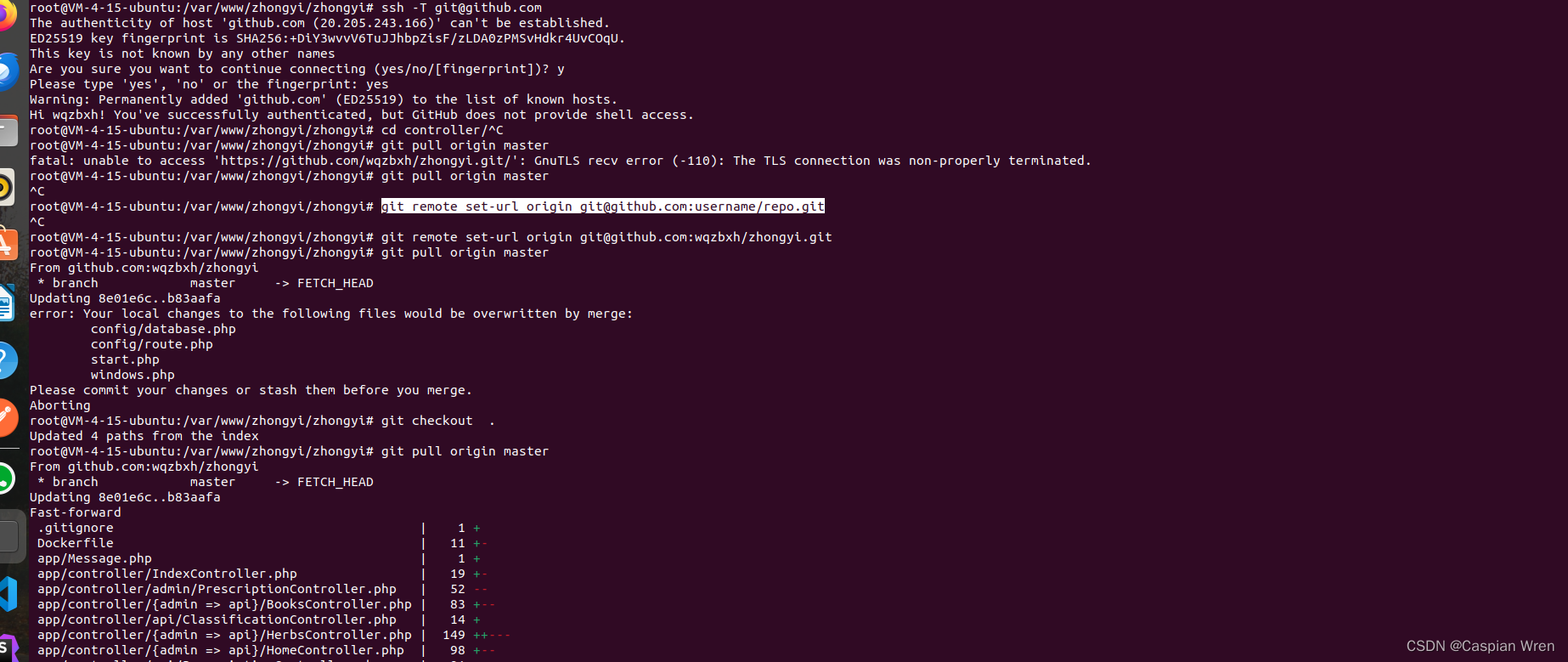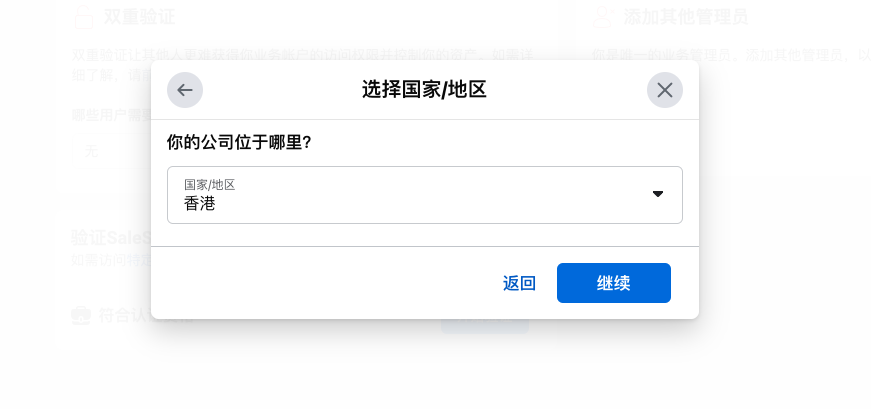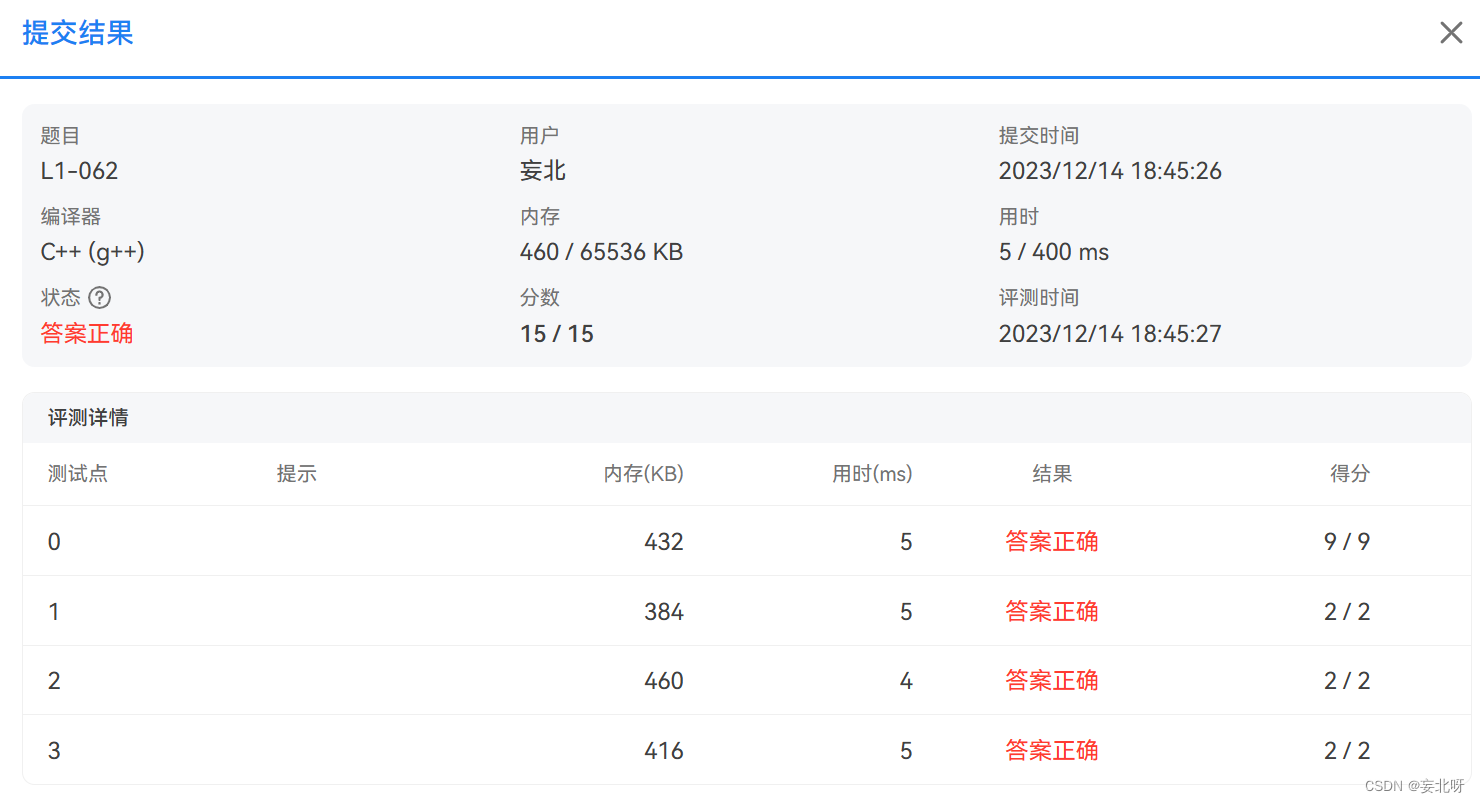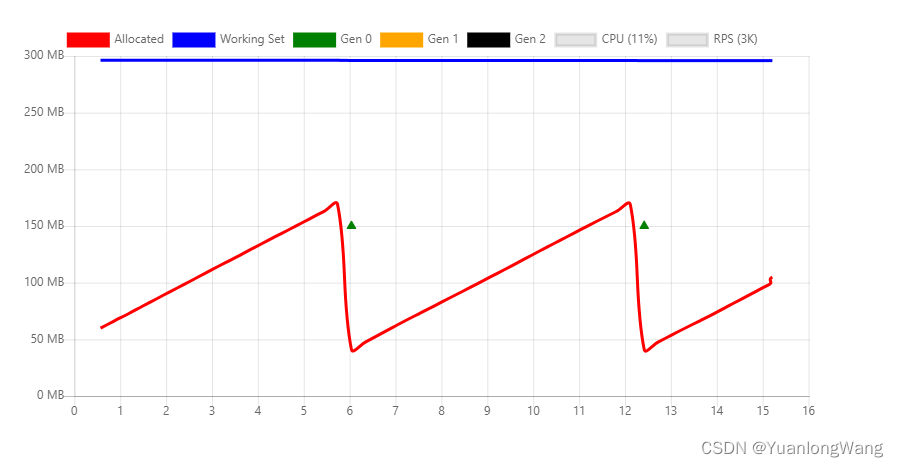本篇碎碎念:唐朝诡事录中的西安与洛阳让我想到了,远赴人间惊鸿宴会,一睹人间盛世颜,描绘的就是这两个古都吧,有机会一定要去游览一番
今日份励志文案: 最好的状态就是向自己喜欢的东西一点点靠近
一.链表的简单介绍


2. 带头或者不带头

3. 循环或者非循环
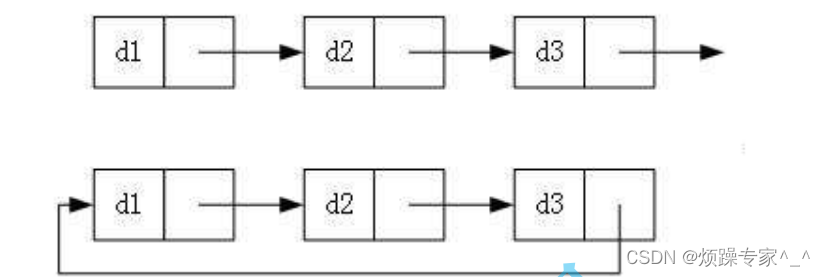
二.链表的实现
首先先定义出一个链表
static class ListNode{
public int val;
public ListNode next;
public ListNode(int val){
this.val=val;
}
}
//链表的属性,链表的头节点
public ListNode head;//null
public void creatList(){
ListNode node1=new ListNode(11);
ListNode node2=new ListNode(22);
ListNode node3=new ListNode(33);
ListNode node4=new ListNode(44);
node1.next=node2;
node2.next=node3;
node3.next=node4;
this.head=node1;
} 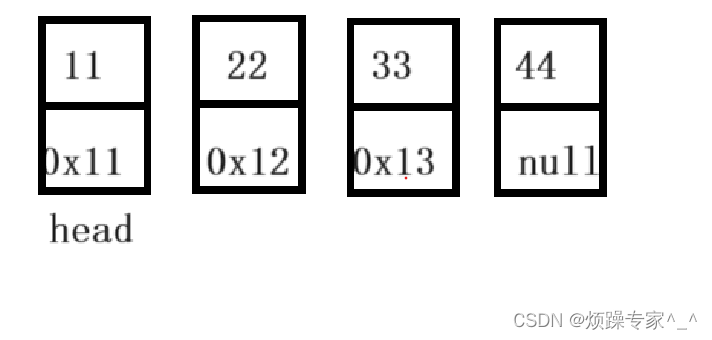
使用画图来表示链表的形式
2.1头插法:在链表起始位置加入一个元素
public void addFirst(int data) {
ListNode node11=new ListNode(data);
node11.next=head;
head=node11;
}2.2尾插法:在链表的末尾位置加入一个元素
注意:在添加时要注意这个链表是不是为空,若为空直接添加为头节点即可
public void addLast(int data) {
ListNode node = new ListNode(data);
ListNode cue = head;
if (cue == null) {
cue.next = head;
cue.next = node;
node.next = null;
return;
}
else {
while (cue.next != null) {
cue = cue.next;
}
cue.next = node;
node.next = null;
}
}2.3任意位置插入一个数据节点:
将date加入到index位置
注意:
1.在添加时要注意添加的位置是否小于0 或者比链表的长度大
2.注意是不是添加到首段或者是末尾,那样直接使用头插法或者尾插法即可
3.index如果等于1 ,说明找到了插入的位置,因为链表的顺序是从0开始的
看下图,蓝色表示最开始所指向的位置,绿色表示经过一次循环后所指向的位置

public void addIndex(int index, int data) {
if(index<0||index>size()){
System.out.println("不合法");
}
ListNode node = new ListNode(data);
ListNode cue = head;
ListNode cue1=cue;
if(index==0){
addFirst(data);
return;
}
if (index==size()){
addLast(data);
return;
}
while (index!=1){
index--;
cue=cue.next;
cue1=cue.next;
}
cue.next=node;
node.next=cue1;
}2.4查找是否包含关键字key是否在单链表当中
这个就是遍历然后查找key,在就返回ture,不在就返回false
public boolean contains(int key) {
ListNode cur=head;
while (cur!=null){
if(cur.val==key){
return true;
}
cur=cur.next;
}
return false;
}
2.5删除第一次出现关键字为key的节点
注意:
1.要注意是否为空指针
2.如果head与key相等可以直接返回
3.遍历寻找while中的if表示的是cue.next.val
public void remove(int key) {
if (head==null){
return;
}
if(head.val==key){
head=head.next;
return;
}
ListNode cue = head;
ListNode del = head;
while (cue.next!=null){
if(cue.next.val==key){
del=cue.next;
cue.next=del.next;
return;
}
cue=cue.next;
}
if(cue==null)
{
System.out.println("对不起没有要删除的数字");
}
}2.6删除所有值为key的节点
注意:
1.在添加时要注意是否为空指针
2.基础的走 if 就不会走 else
3.遍历寻找 while 中的 if 表示的是cue.val
public void removeAllKey(int key) {
if (head==null){
return;
}
ListNode prev = head;
ListNode cue = head.next;
while (cue!=null){
if(cue.val==key){
prev.next=cue.next;
cue=cue.next;
}
else {
prev=cue;
cue=cue.next;
}
}
if (head.val==key){
head=head.next;
return;
}
}2.7得到单链表的长度
注意:
是否为空指针
public int size() {
ListNode cur=head;
int count=0;
while (cur!=null){
cur=cur.next;
count++;
}
return count;
}
2.8遍历单链表
public void display() {
ListNode cur=head;
while (cur!=null){
System.out.print(cur.val+" ");
cur=cur.next;
}
System.out.println();
}三.主要代码演示
public interface IList {
//public class SingleLinkedList {
//头插法
void addFirst(int data);
//尾插法
void addLast(int data);
//任意位置插入,第一个数据节点为0号下标
void addIndex(int index,int data);
//查找是否包含关键字key是否在单链表当中
boolean contains(int key);
//删除第一次出现关键字为key的节点
void remove(int key);
//删除所有值为key的节点
void removeAllKey(int key);
//得到单链表的长度
int size();
void display();
// }
}
public class demo1 implements IList{
static class ListNode{
public int val;
public ListNode next;
public ListNode(int val){
this.val=val;
}
}
}public class Test {
public static void main(String[] args){
demo1 demo=new demo1();
demo.creatList();
demo.display();
demo.size();
System.out.println();
System.out.println(demo.contains(22));
System.out.println(demo.contains(99));
//头插法
demo.addFirst(10);
demo.display();
//尾插法
demo.addLast(55);
demo.display();
demo.addIndex(2,88);
demo.display();
demo.addIndex(0,1);
demo.addIndex(0,1);
demo.addIndex(3,1);
demo.addIndex(3,1);
demo.display();
demo.remove(1);
demo.display();
demo.removeAllKey(1);
demo.display();
}
}运行结果(注意在IList中的所有代码都需要重写)

如果有解释的不对或者不清晰,如果可以从评论区指出,我一定会加以修改,万分感谢
希望对你们有所帮助



